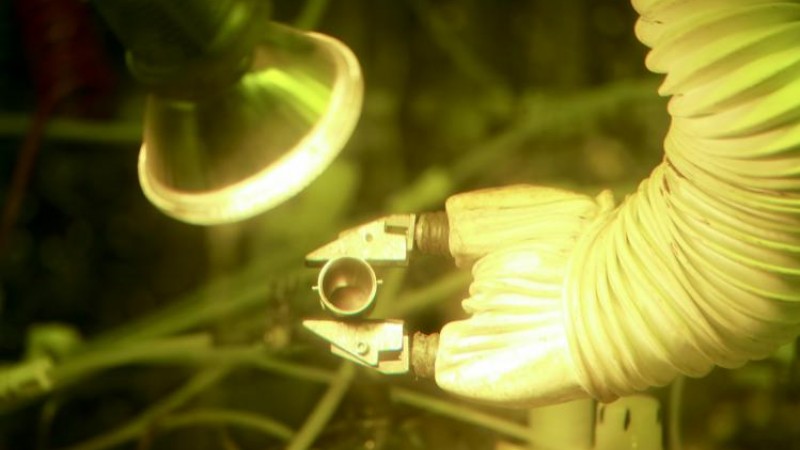OAK RIDGE, Tenn., Dec. 22, 2015 – With the production of 50 grams of plutonium-238, researchers at the Department of Energy’s Oak Ridge National Laboratory have restored a U.S. capability dormant for nearly 30 years and set the course to provide power for NASA and other missions.
Plutonium-238 produces heat as it decays and can be used in systems that power spacecraft instruments. The new sample, which is in the same oxide powder form used to manufacture heat sources for power systems, represents the first end-to-end demonstration of a plutonium-238 production capability in the United States since the Savannah River Plant in South Carolina ceased production of the material in the late 1980s.
Researchers will analyze the sample for chemical purity and plutonium-238 content, then verify production efficiency models and determine whether adjustments need to be made before scaling up the process.
“Once we automate and scale up the process, the nation will have a long-range capability to produce radioisotope power systems such as those used by NASA for deep space exploration,” said Bob Wham, who leads the project for the lab’s Nuclear Security and Isotope Technology Division.
The success of Wham and a team of engineers and technicians at ORNL comes two years after NASA began funding the DOE Office of Nuclear Energy through a roughly $15 million per year effort to revive the department’s capability to make plutonium-238.
Production begins at Idaho National Laboratory, which stores the existing inventory of neptunium-237 feedstock and ships it as needed to ORNL. Engineers mix the neptunium oxide with aluminum and press the mixture into high-density pellets. They use the High Flux Isotope Reactor, a DOE Office of Science User Facility at ORNL, to irradiate the pellets, creating neptunium-238, which quickly decays and becomes plutonium-238.




